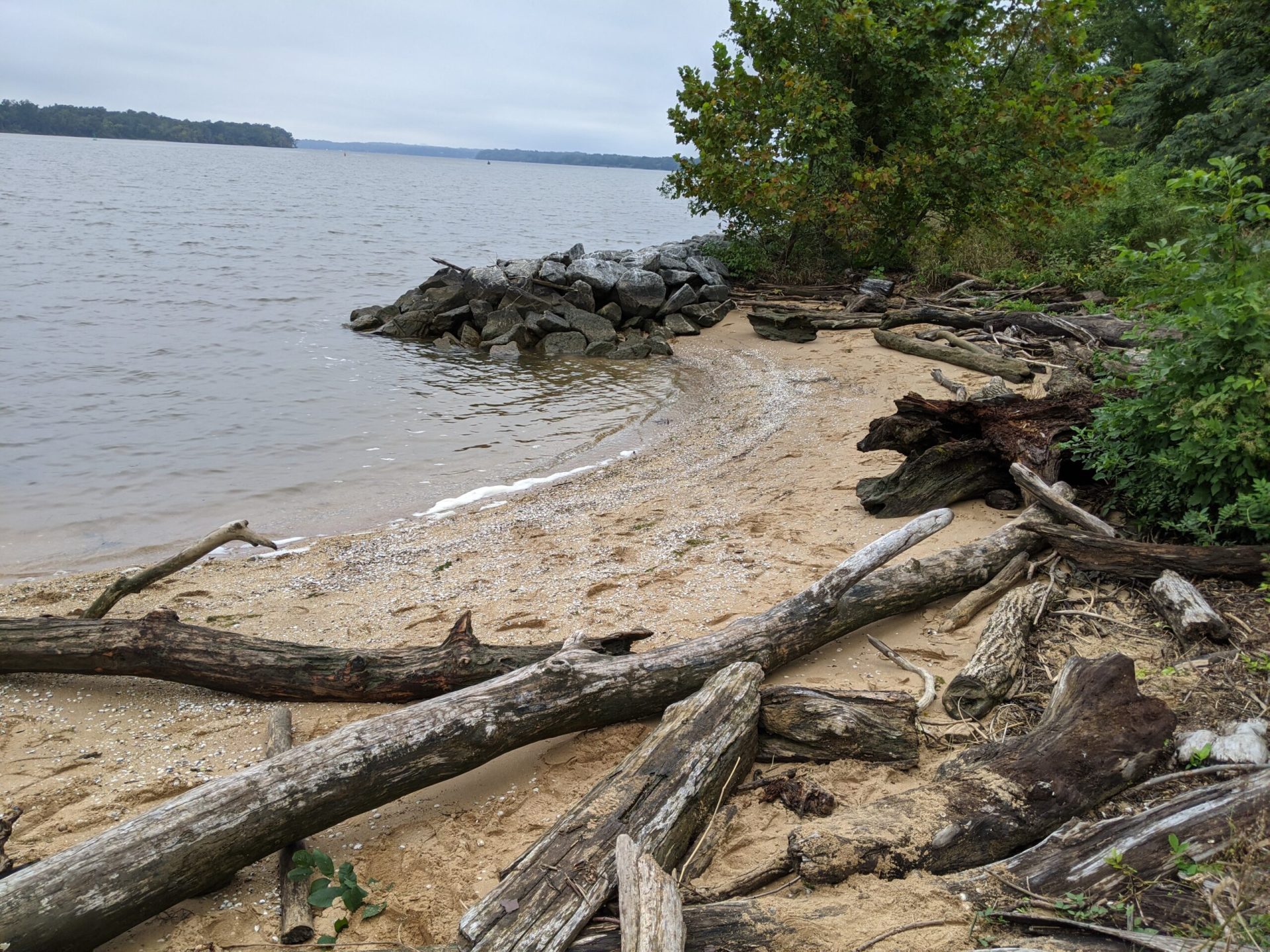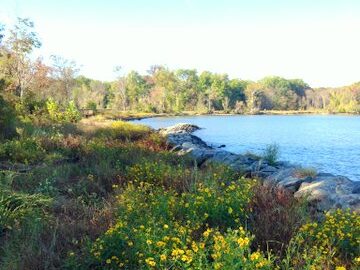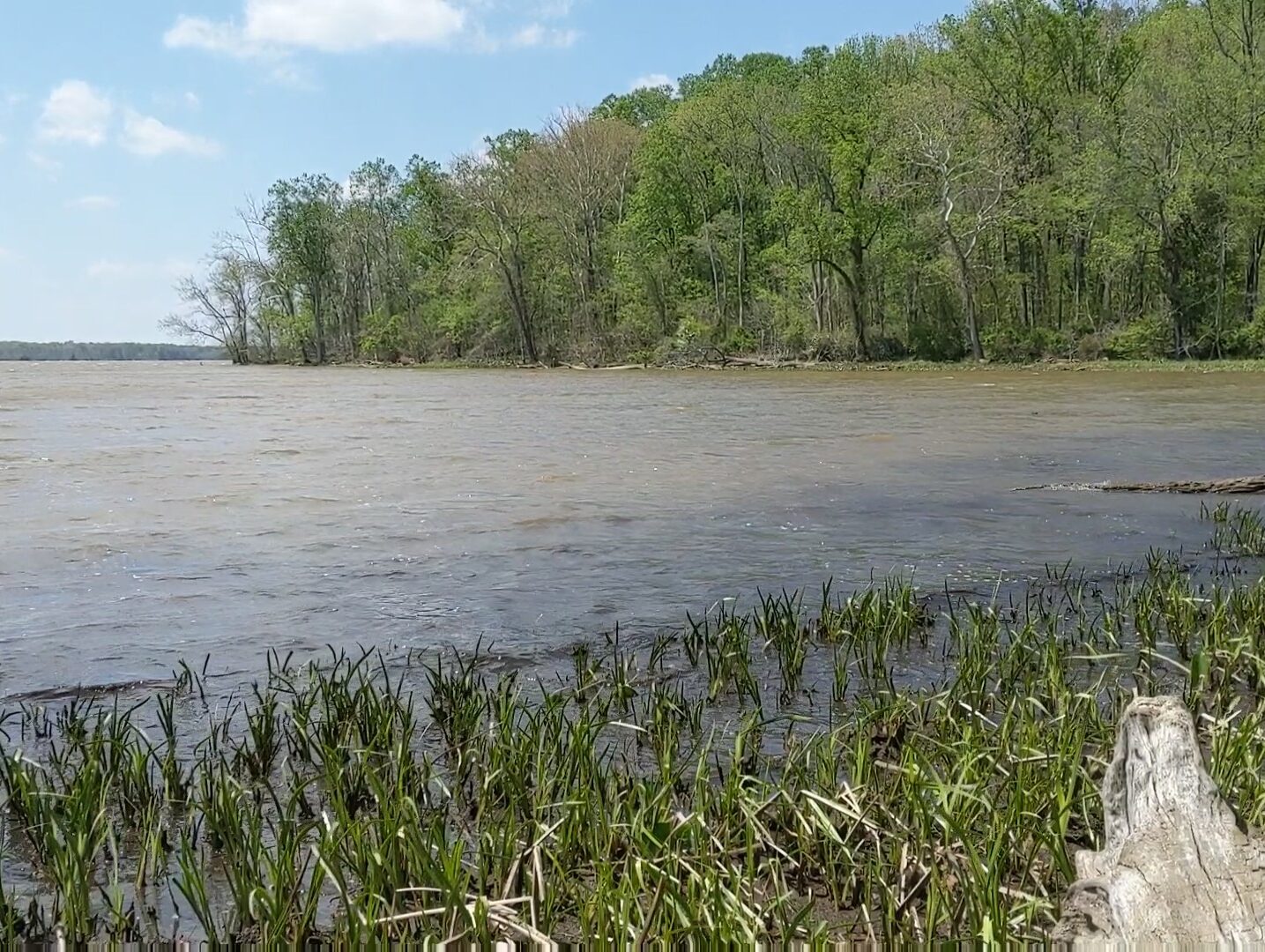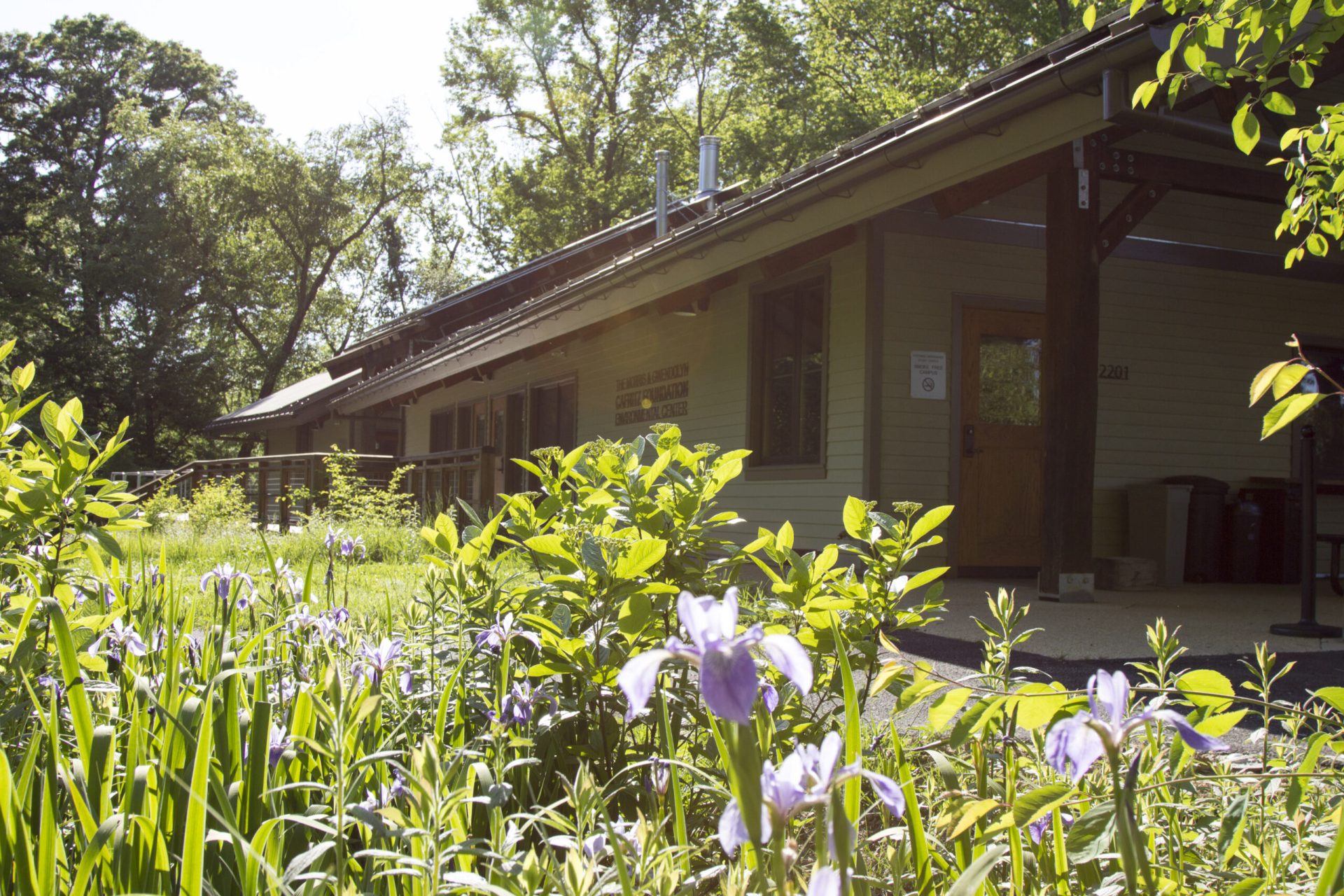
Building for the Future
In keeping with its guiding principles of Education, Inspiration, and Innovation, the Alice Ferguson Foundation has embraced the most stringent set of green building, energy efficiency requirements in the world. Learn more about our Living Building and Shoreline below.
The Living Building
The Morris & Gwendolyn Cafritz Foundation Environmental Center is a multi-purpose space devoted to environmental education and sustainable, enduring functionality. The structure is designed to be ‘sailed’ by the occupants to take advantage of daylight, breezes, views, and indoor-outdoor flow.
The Cafritz Environmental Center includes teaching tools to allow observation of the Center’s resource usage while striving for its net zero goals. It functions as part of a natural classroom in harmony with the outdoors with it’s boardwalk and observation stations, providing access to the immediate woodland setting and the wetlands beyond.
The 13th project in the world to achieve full
Living Building Certification.
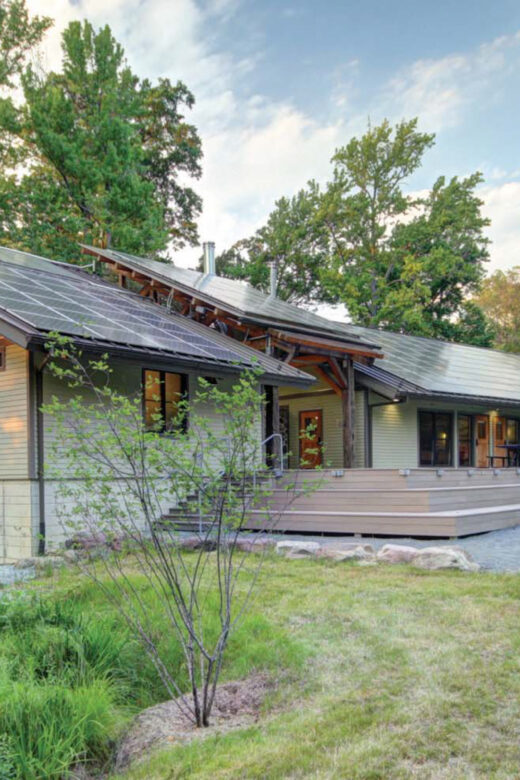
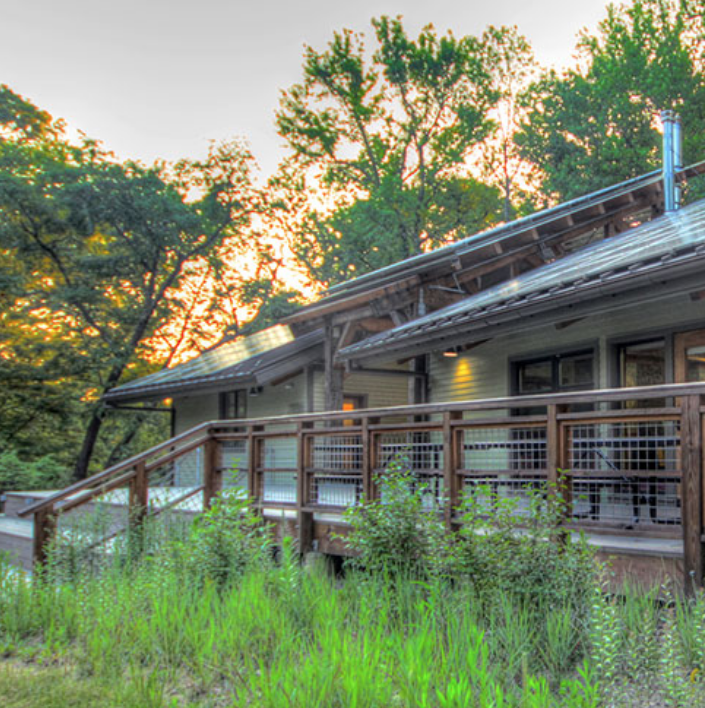
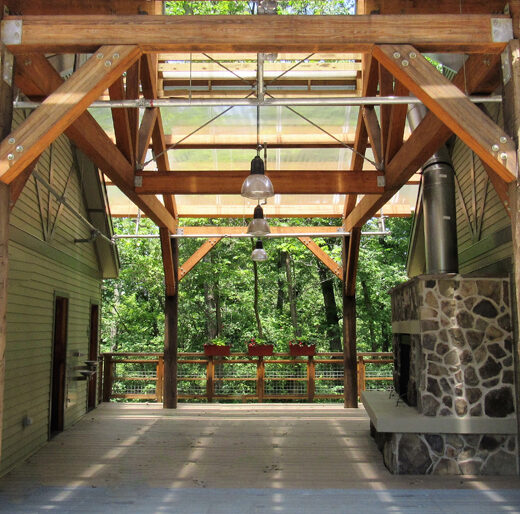
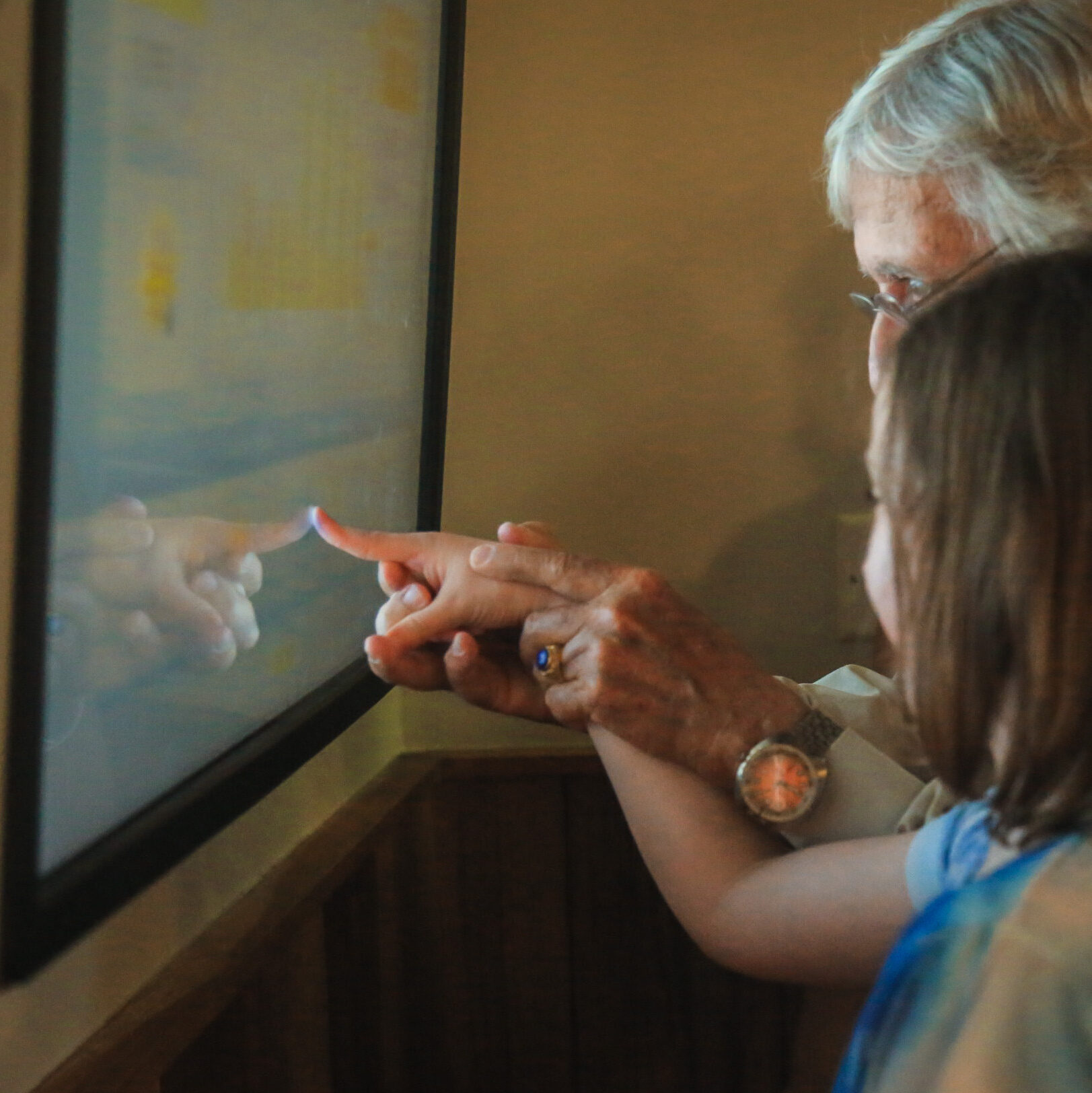
What is a Living Building?
A fully certified building must meet net zero energy, water, and carbon neutral requirements as well as being constructed of non-toxic components. In keeping with the Foundation’s mission, the structure works in harmony with nature, allowing us to achieve the goals of the Living Building Challenge™.
Building Highlights
October 2015
The “Living Building” is unveiled at a Ribbon Cutting Ceremony, attended by Senator Ben Cardin, County Executive Rushern L. Baker, III, and many other local dignitaries, environmentalists, educators and community members.
June 2017
The Cafritz Environmental Center officially recieves full certification under the Living Building Challenge™ and becomes the 13th project in the world to achieve full Living Building Challenge certification.
Living Building Dashboard
As part of our commitment to sustainability, we monitor our resource use in an effort to reduce consumption and our carbon footprint.
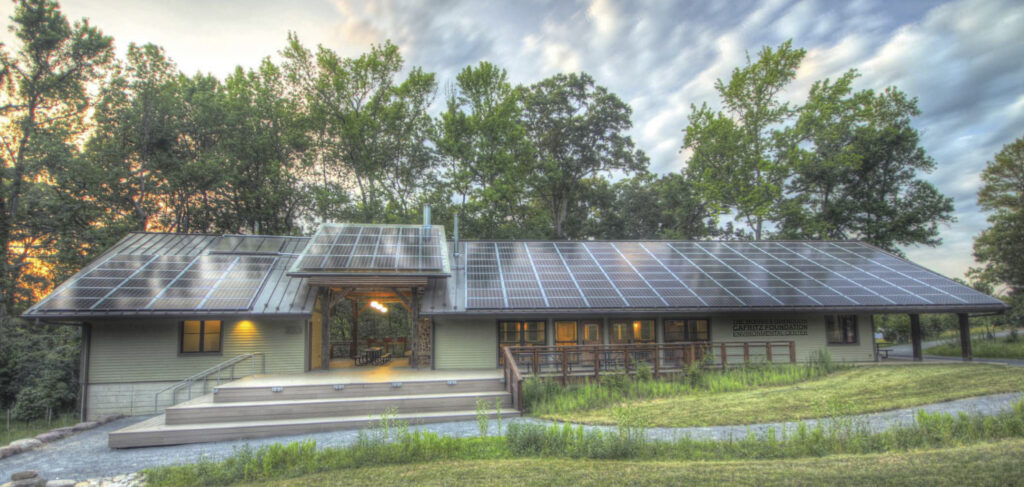
A special thank you to Re:Vision Architecture for their partnership and collaboration in the planning and building of our Cafritz Environmental Center. The building photos above are courtesy Re:Vision Architecture.
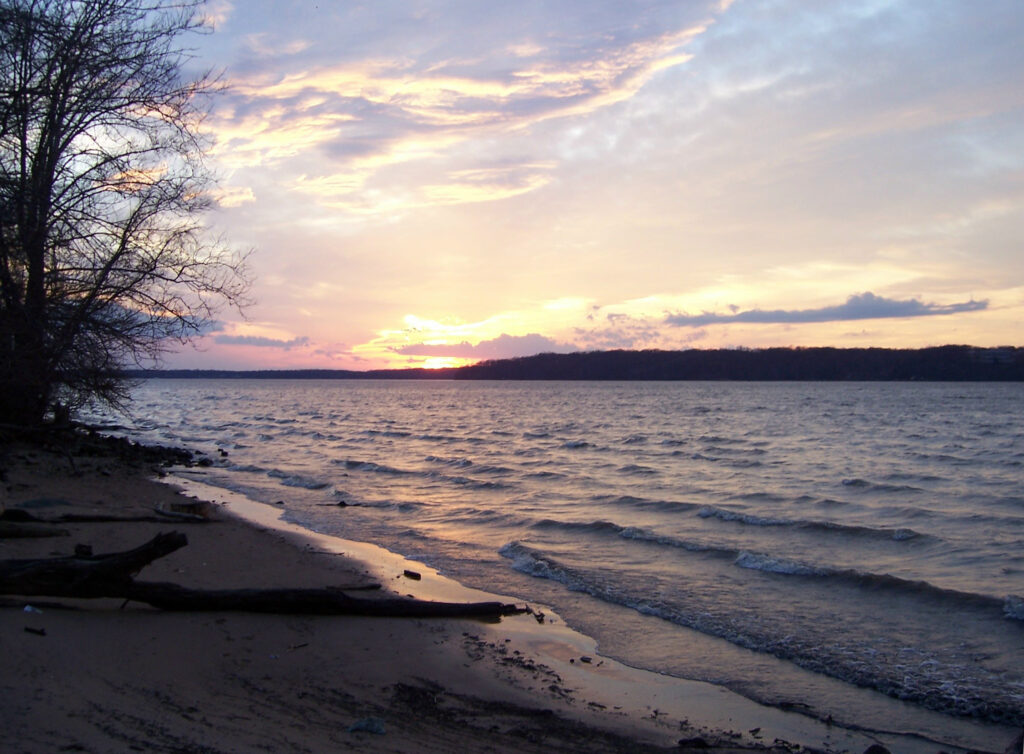
The Living Shoreline
The stretch of shoreline along the Potomac River at Piscataway Park was eroding rapidly. Loss of shoreline was accompanied by the increasing displacement of sacred indigenous sites, uprooted trees and loss of animal and plant habitat.
In 2010, the Alice Ferguson Foundation, the National Park Service, and their partners completed an innovative project — a stabilized “Living Shoreline”, able to give-and-take with the powerful tides of the Potomac River.
Shoreline Construction
Sand and plants recreate the sand berm which protects the tidal marshes extending from Mockley Point at Piscataway Creek to the north, down to the entrance of Accokeek Creek.
This is a much more natural approach which utilizes organic materials, rather than resorting to seawalls or bulkheads. The result is a structure working as a natural and protective link between tide and land, deterring erosion in an ecologically sound manner.
The project restored 2,800 feet of shoreline creating two acres of spawning and nursery habitats for more than a dozen fish species, reduced shoreline erosion, provided protection for more than 30 acres of freshwater wetland and threatened nearby Native American archeological sites. It is classified among 50 high priority projects funded by the National Oceanic and Atmospheric Administration (NOAA). It is the largest freshwater, tidal, high energy site living shoreline project in the region.
Virtually all of the students who take part in environmental education programs at AFF visit the shores of the Potomac River and it’s wetlands. The restoration project enhances AFF’s use of the precious resource as a unique classroom experience for decades to come as well as providing continued protection to surrounding historic lands.
